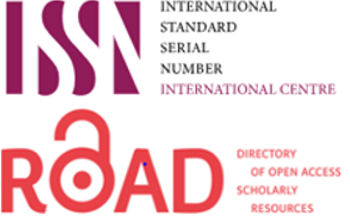Sources of Work-Related Stress among Nurses Working at Psychiatric Wards in Hospitals of Baghdad City
DOI:
https://doi.org/10.58897/injns.v27i2.207Keywords:
identifying, sources, work stress, nurses, psychiatric wardsAbstract
Objectives: The study intends to identify the sources of work-related stress that might face the nurses working at
psychiatric wards in Baghdad psychiatric hospitals and to find out a relationship between the levels of stress and
some demographic characteristics.
Methodology: A descriptive study was achieved from the 10th of December, 2013 through the 10th of March, 2014.
Non-probability purposive samples of 94 nurses who work in psychiatric wards of Baghdad psychiatric hospitals
were recruited to meet the study objectives. Psychological Stress Inventory (PSI) the Arabic version, which was
modified by Abu Al-Hussein (2010) (20), was used. Data were analyzed by using the statistical analysis program of
SPSS 19th version. Descriptive analysis: frequencies, percentages and distribution; inferential analysis: Chi2 and
correlation coefficient were applied.
Results: The results indicate that the levels of work-related stress was found as high (37.2%), intermediate (33.0%),
and low (29.8%) and the highest level of work-related stress is found in regards to the monetary domain (50.0%),
work environment domain (47.9%), and political domain (45.8%)..
Recommendations: The study recommends that: more male nurses to be appointed at psychiatric. To find real
specialized psychiatric nurses. To put criteria to appoint a bachelor level in nursing at these wards; engaging nurses
working at psychiatric wards in special sessions of stress management; and finally, fixing a professional criteria of
the relation between nurses and doctors or/ and boss during the time of working at these wards















